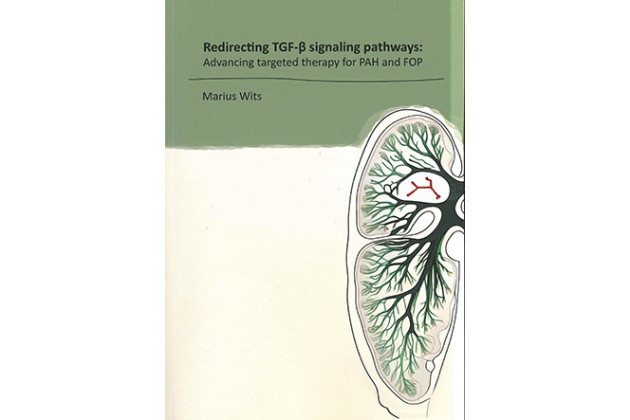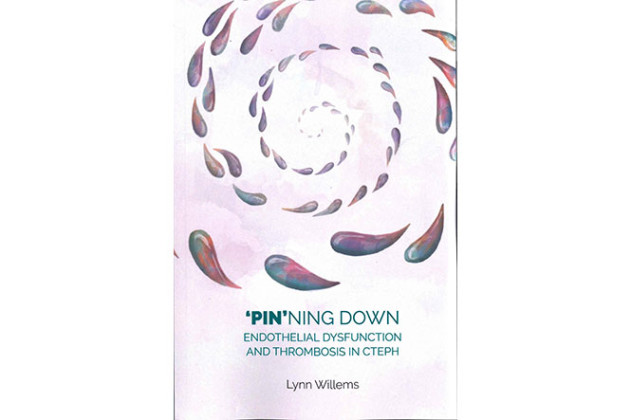CRYO ELECTRON TOMOGRAPHY AND ARTIFICIAL INTELLIGENCE
Cryo-electron microscopy is a 3D imaging technique that uses cryo-transmission electron microscopy to resolve biological structures at sub-nanometer-scale resolution. Although the technique has matured significantly over the last decade, the overall workflow continues to evolve with ongoing enhancements in instrumentation and novel approaches.
This research line aims to improve the performance of cryo-electron tomography by better understanding the image formation process, enhancing reconstruction algorithms, increasing workflow throughput and attainable resolution, and advancing the capabilities of automated segmentation and annotation of cellular and molecular structures. Many of these improvements leverage novel automation approaches, including artificial intelligence and machine learning.
This research is conducted in close collaboration with the Virus Replication Group led by Montse Barcena at the LUMC.
Additionally, we maintain close ties with Shawn Zheng's group at the Chan Zuckerberg Imaging Institute in Redwood City, California, and the Scipion software development group at the Centro Nacional de Biotecnología in Madrid, Spain.
multiscale multimodal ELECTRON MICROSCOPY
The tailored adaptation of electron microscopy workflows to answer specific biological questions is of utmost importance, as these workflows are diverse and composed of steps related to specimen preparation, data acquisition, processing, and interpretation. The steps that need to be developed may involve specific instrumentation, physical modeling, software, or specimen preparation protocols.
Over the last few decades, research has contributed novel instruments and methods for a wide range of techniques, including Transmission Electron Microscopy, Energy Filtering, Scanning Electron Microscopy, Cryo-Electron Tomography, Cryo-Electron Microscopy, Serial Block Face Scanning Electron Microscopy, Correlative Light and Electron Microscopy, Cryo-Light Microscopy, and Array Tomography.
Biological questions addressed range from imaging intracellular structures, virus replication organelles, and morphological changes in mitochondria, to studying protein structures involved in the complement pathway and the glomerulus in nephrology research, among others. This research, aimed at defining and shaping workflows in terms of methods and/or instrumentation to help solve specific biological questions, is often carried out in close collaboration with the research groups working on these biological questions.
Over time, the diverse research lines of the Kosterlab have evolved into separate, independent research groups and facilities. Check out their web pages for more information:
- Virus Replication Research Group (Montse Barcena)
- The Bionanopatterning Research Group (Thom Sharp)
- Electron Microscopy Facility (Roman Koning and Frank Faas)
- Light Microscopy Facility (Lennard Voortman)
In 2022, the Kosterlab underwent restructuring to align with these developments. The research now focuses on developing Cryo-Electron Tomography methods, integrating Artificial Intelligence and Machine Learning..


